Dissecting the female gaze in Bollywood
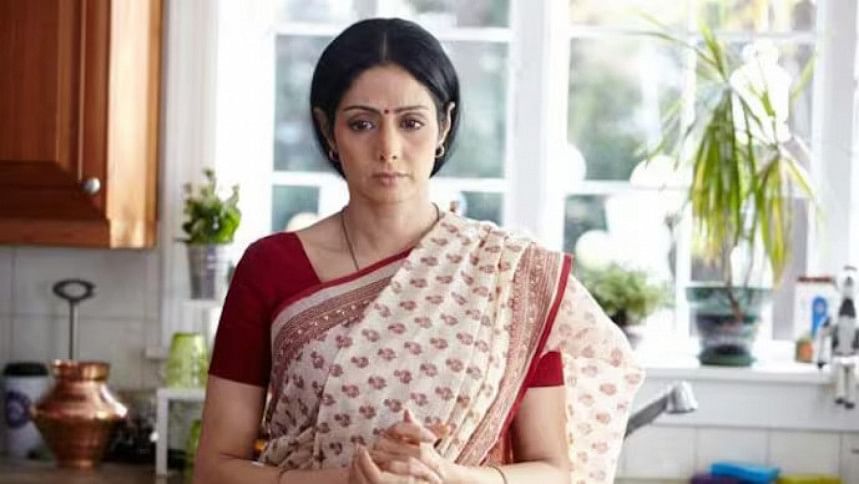
In Bollywood, where male perspectives have long dominated the narrative landscape, the emergence of the female gaze marks a significant shift in storytelling dynamics. The female gaze, championed by women filmmakers, offers a fresh lens through which to explore the complexities of womanhood, desire, and agency on the silver screen.
For decades, Bollywood has been primarily driven by the "male gaze," where women were portrayed through the lens of male desire and societal expectations. They presented women in stereotypical roles, often as damsels in distress, sacrificing lovers, or objects of desire. This male gaze manifested in hyper-sexualisation, passive narratives and limited agency. Women rarely drove the plot. Their actions and desires revolved around men, reinforcing traditional gender roles. They were portrayed as lacking control over their lives, with their choices dictated by societal norms or male characters.
Passive narratives further relegated women to the sidelines, their actions and desires solely revolving around the male protagonist, reinforcing traditional gender roles. Additionally, the trope of the "sanskari" woman – the embodiment of traditional Indian values like sacrifice and devotion – further restricted female agency, portraying them as lacking control over their lives and decisions.
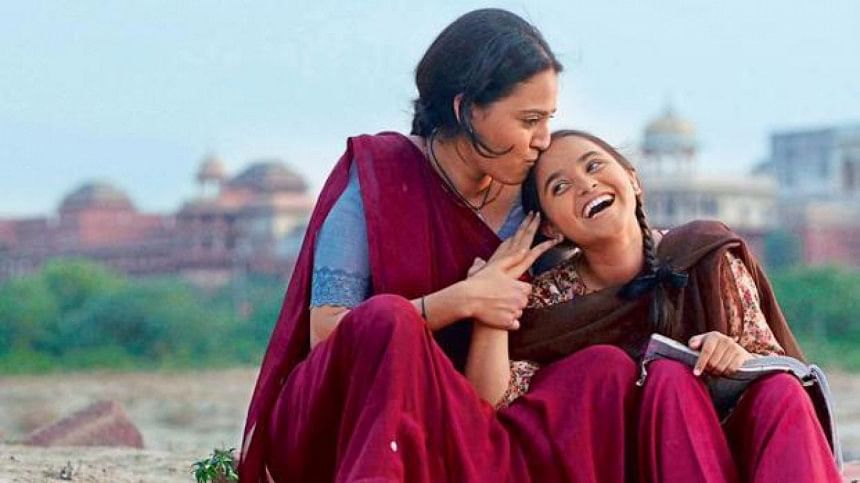
While the presence of women behind the camera in Bollywood has historically been scarce, pioneering filmmakers like Sai Paranjpye and Aparna Sen laid the groundwork for the emergence of the female gaze. Paranjpye's "Sparsh" (1980) delicately explored the emotional terrain of a blind schoolteacher's relationship with a sighted woman, offering a nuanced portrayal of intimacy and connection. Similarly, Aparna Sen's "36 Chowringhee Lane" (1981) navigated themes of loneliness and longing through the lens of an unmarried Anglo-Indian woman, challenging societal norms with quiet resilience.
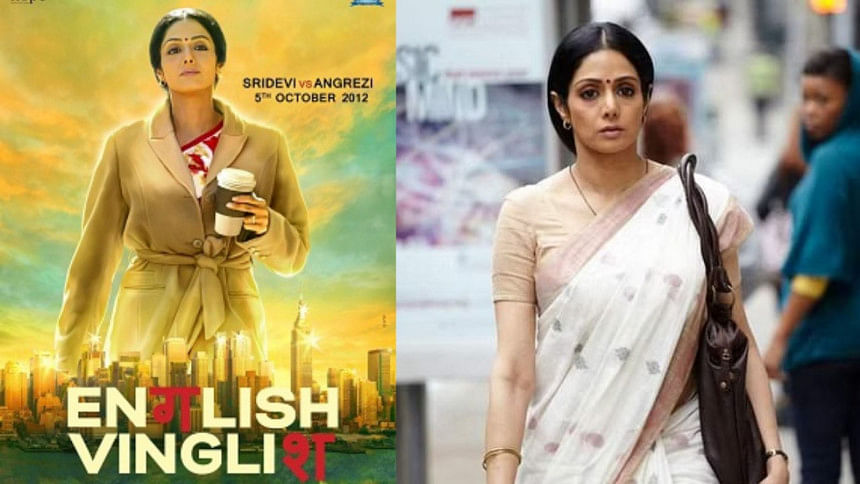
In recent times, the rise of feminist consciousness and changing societal values have ushered in a new era in Bollywood cinema. The emergence of the female gaze, a counterpoint to the male gaze, signifies a conscious effort to portray women with depth, agency, and a spectrum of emotions. One of my favourites is Gauri Shinde's "English Vinglish" (2012) which provided a refreshing exploration of self-worth and identity through the eyes of a middle-aged woman navigating the challenges of learning English. The film beautifully captures the protagonist's journey of empowerment as she gains confidence and earns the respect of her family, challenging societal expectations and stereotypes along the way.
Meghna Gulzar's "Talvar" (2015) offered a gripping and thought-provoking examination of the infamous Noida double murder case, presenting multiple perspectives and challenging preconceived notions of truth, justice, and human fallibility. In the same year, Ashwiny Iyer Tiwari's "Nil Battey Sannata" (2015) offered a poignant reflection on the mother-daughter bond and the pursuit of education as a means of empowerment, celebrating the resilience, determination, and unwavering spirit of women in the face of adversity and societal expectations.
The inclusion of strong female characters who challenge societal norms and defy expectations has also become increasingly prominent. Alankrita Shrivastava's "Lipstick Under My Burkha" (2016) exemplifies this shift, exploring themes of female strength, self-discovery, and the fight against societal pressures. The film fearlessly explored the desires and aspirations of four women from different walks of life, challenging patriarchal norms with defiance, grace, and an unapologetic celebration of female sexuality, agency, and resilience.

 For all latest news, follow The Daily Star's Google News channel.
For all latest news, follow The Daily Star's Google News channel. 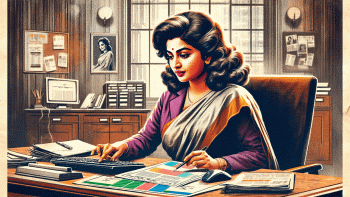


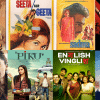
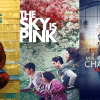
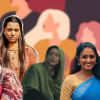



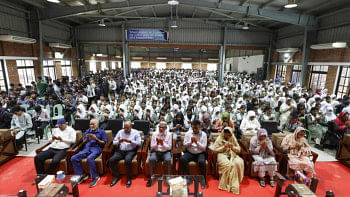
Comments